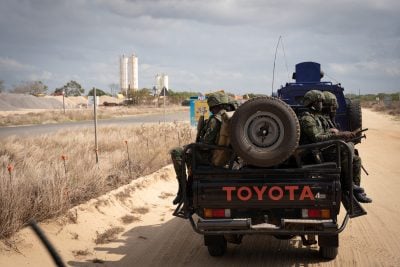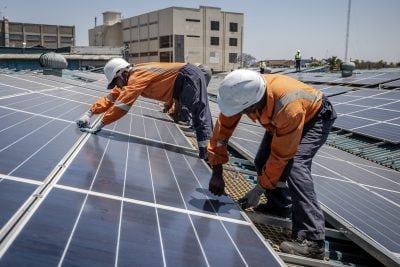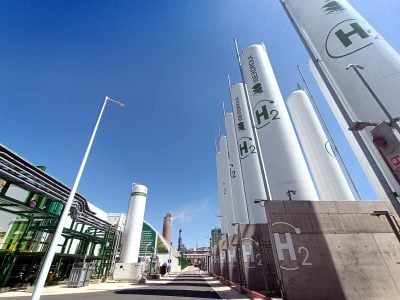Botswana is already connected by rail to South Africa but there is little chance of the landlocked nation exporting its coal through Richards Bay Coal Terminal (RBCT) or any other South African port because of the lack of spare rail capacity on the South African rail network. As a result, Botswana coal must be exported via dedicated new railways to other ports in the Southern African Development Community (SADC) region.
The rival projects are the Trans-Kalahari Railway, which would run from the Mmamabula mine westwards to the established port of Walvis Bay on the Atlantic coast in Namibia; and a newer proposal to construct a line from the Botswana mines through Zimbabwe to a new port on the natural deepwater harbour of Techobanine in the far south of Mozambique.
The governments of Botswana and Mozambique have signed several memoranda of understanding (MoU) this year over the development of the latter project, which would comprise the harbour, coal terminal and 1,100km railway. Another transit agreement has also been signed with the government of Zimbabwe.
The governments of Botswana, Zimbabwe and Mozambique hope that the new railway could become the focus of a new trade corridor in the region. A new oil import pipeline and power transmission interconnector would piggyback on the railway project by being developed alongside the new line. Price tags of $7bn have been put on both alternatives and at this stage.
Recent ministerial comments suggest that both railways could be developed, along with new transport links to South Africa and to the countries to the north. These are most likely to take the form of improved road links, possibly in connection with the construction of inland container terminals. Such new logistics options would benefit the Botswanan economy but the sheer scale of the required investment suggests that only one line will be constructed in the short term.
It seems more likely that the Techobanine scheme will be chosen, partly because of the recent MoU but also because of trends in the global coal market. Demand for coal in the North Atlantic Basin, on the US eastern seaboard and in Europe is falling because of the switch to gas-fired capacity and, to a greater extent, to renewable energy. On the other hand, growing Chinese and Indian coal imports, triggered by rising consumption and limited deregulation respectively, mean that most Botswana coal may be exported across the Indian Ocean to Asian thermal power plants. Shipping the coal out of Techobanine rather than Walvis Bay could save sailing time in each direction.
Want to continue reading? Subscribe today.
You've read all your free articles for this month! Subscribe now to enjoy full access to our content.
Digital Monthly
£8.00 / month
Receive full unlimited access to our articles, opinions, podcasts and more.
Digital Yearly
£70.00 / year
Our best value offer - save £26 and gain access to all of our digital content for an entire year!
 Sign in with Google
Sign in with Google 


